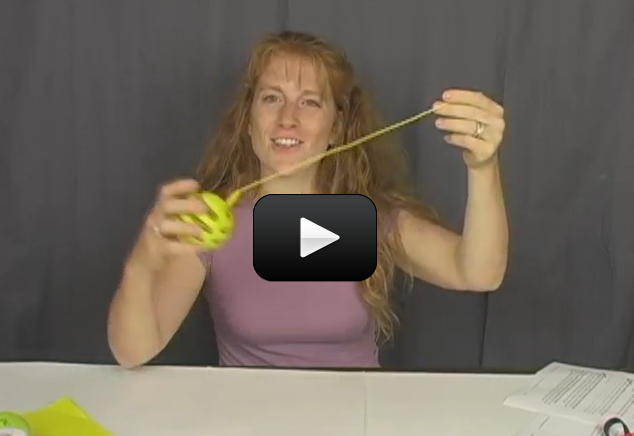First Law of Thermodynamics: Energy is conserved. Energy is the ability to do work. Work is moving something against a force over a distance. Force is a push or a pull, like pulling a wagon or pushing a car. Energy cannot be created or destroyed, but can be transformed.
Materials: ball, string
[am4show have=’p8;p9;p10;p37;p88;’ guest_error=’Guest error message’ user_error=’User error message’ ]
Roll a ball down a hill. The amount of energy the ball had while at rest at the top of the hill (potential energy) turns into kinetic energy while it zips to the bottom.
You can also swing on a swing and see this effect happen over and over again: when you’re at the highest point of your swing, you have the highest potential energy but zero kinetic energy (your speed momentarily goes to zero as you change direction). At the lowest point of your swing (when you’re moving the fastest), all your potential energy has turned into kinetic energy. Why do you eventually stop? The reason you eventually slow down and stop instead of swinging back and forth forever is that you have air resistance and friction where the chain is suspended from the bar.
Learn more about this scientific principle in Unit 4 and Unit 5 and Unit 13.
[/am4show]


that’s cool
Okay I’ll do that then because I have already learned most of this in past classes in school.
You can do as many or little as you like. 🙂 You should have access to plenty of content. What are you most interested in learning about? Start there!
So how many experiments do I have to do to move on to the next unit? I have done all of the ones leading up to this one and doing this one.